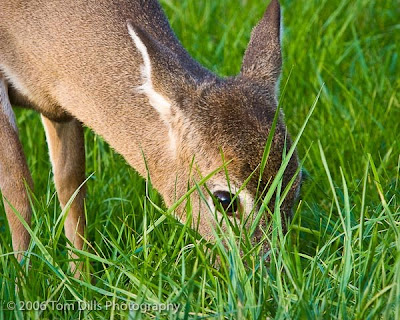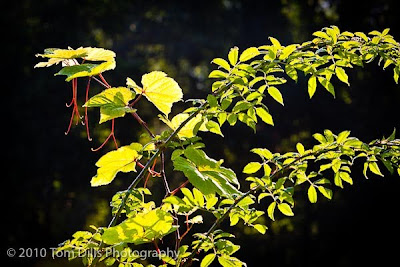I advocate, as most Lightroom users do, the use of a single catalog for my images. Recently I had an occasion where a separate catalog turned out to be the perfect solution for me. I needed to prepare a group of files for a commercial printing company, and there were a number of things they needed me to do that were specific to these files:
- The file names had to be customized according to subject;
- I needed to customize my black point and shadow tones to output correctly on their printers;
- They needed an 11x14 version and a 4x6 version of each file
Several problems I needed to solve for my own benefit were:
- I didn’t want to intermingle those versions with my regular images;
- You can’t have virtual copies with different file names, and changing the file name in my main catalog would mess up my normal naming convention;
- Any processing I did to the images would be specific to the files for this project, and I didn’t want any processing of the new versions to interfere with my original files.
- I could have solved some of these problems by creating multiple virtual copies and putting them in collections, but that didn’t solve the naming issue.
I used a Collection to keep track of the initial images I sent for review, and created a separate Collection of the images they chose so I could keep track of them. I wanted to review each of the images before sending them, and I realized that I was going to need to keep track of the files I had sent and the ones I still needed to review, so I created a Smart Collection using a client keyword for the images that have already been sent.
Once I completed my review I used the “Export As Catalog” function to create a new Catalog of those images. I then added the client name keyword to the images in the Quick Collection to remove them from the “Need Processed” Smart Collection. I now have the images in a new Catalog ready to prep for the client.
In the new catalog I need to do three things with my images to prepare them for output to the client: (1) I need to rename the files to a custom name reflecting the subject of the photo, (2) I need to adjust the black point and shadow tones, and (3) I need to create versions in 4x6 and 11x14 format. It’s a manual process but easy to do. When I am done I create a new Collection called “4x6” and add all the images to that Collection. As it turns out most of the images happen to be already in a 4x6 format so I don’t have to do much cropping.
Next, I select all the images in the 4x6 Collection and create a new Collection titled “11x14,” being sure to select “Create New Virtual Copies.” This creates Virtual Copies of all the images that I now go through and crop to 11x14. This requires some interesting aesthetic compromise as I’m not completely happy doing this, but I do it and they’re fine.
At this point I have two Collections. One has the images in a 4x6 format, the other with the same images in an 11x14 format. Remember that the images have not actually been resized, they are just virtual copies, or versions of the original RAW or TIF files. Using two separate Export Templates I export output them into separate folders, and once they are done I upload them to the client’s FTP server and that’s it!
The “Old Fashioned Way” would have had me doing two different versions in Photoshop, and even though I could have automated the process to some extent it would have been very manual. In this case I was able to keep the manual work to a minimum, and I now have a catalog that contains only the files for this client in the formats they have requested, and the catalog is completely separate from my main image catalog. If the client decides at some point to do a different size image, it will be a simple matter to go to the correct image, create a new virtual copy and export it exactly they way they want it. Hopefully the client will want more of my images in the future, in which case we’ll repeat the process and add the new images to the existing catalog. Easy!
PS: Another interesting thing is that as I went back and reviewed the older images, I found that with only two exceptions I reprocessed them exclusively in Lightroom and ended up with a better result than I had achieved with the older images processed in Photoshop. This is admittedly due in part to an improvement in my own processing skills but I think also due to a dramatic improvement in software over the last 3-5 years.
PPS: This is the short version of this article! I wrote another one that is much more detailed and another page or so longer. E-mail me if you want a copy and I'll send it to you!

























